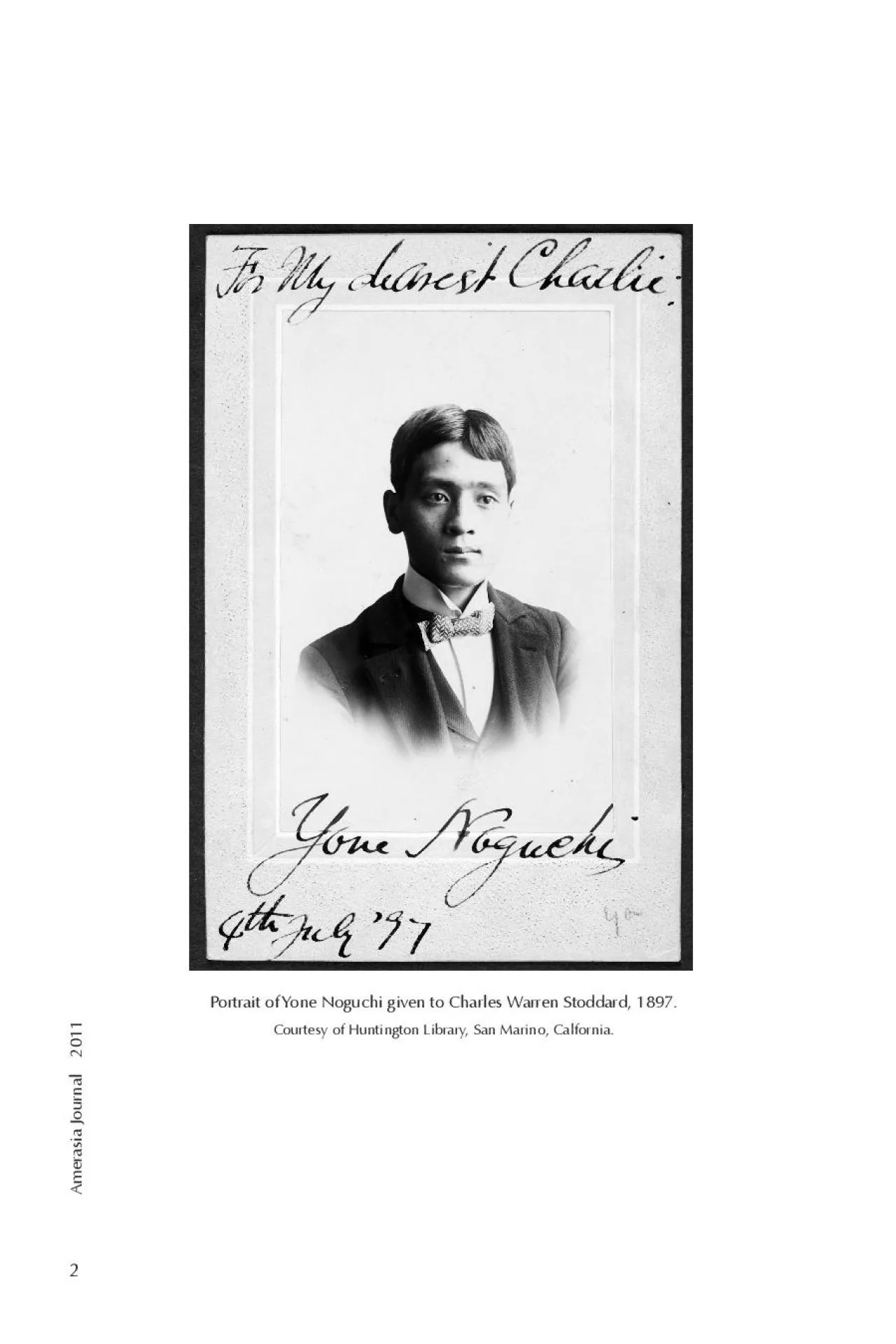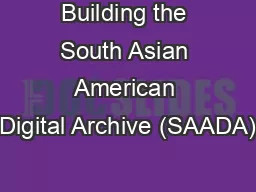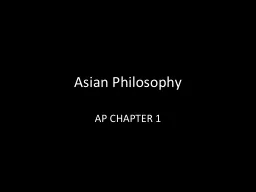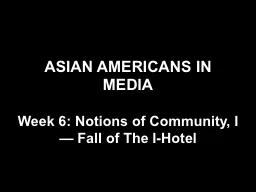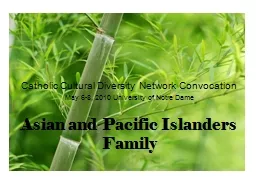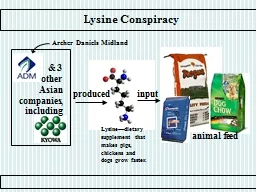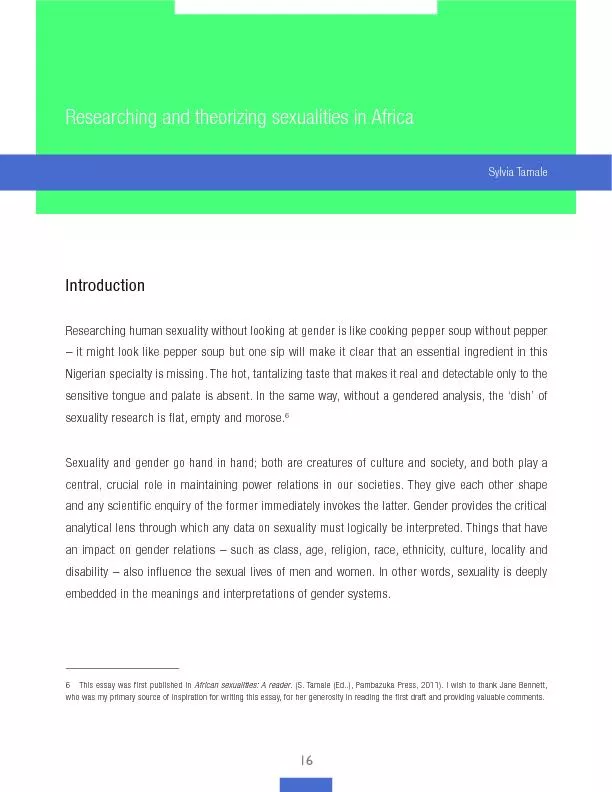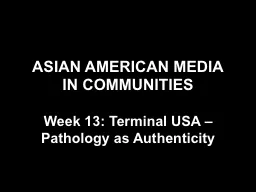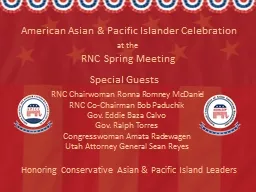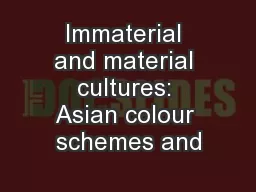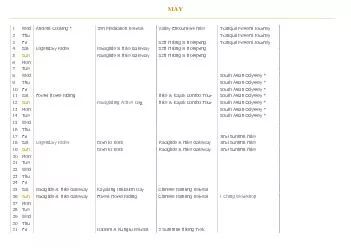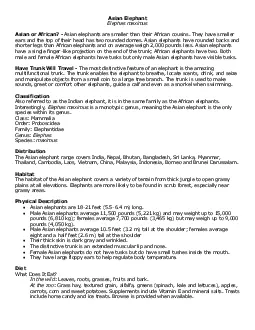PDF-Asian Sexualities
Author : olivia | Published Date : 2021-01-05
Image from httpwwwindiaclubcom 2 Portrait of Yone Noguchi given to Charles Warren Stoddard 1897Courtesy of Huntington Library San Marino Calfornia Amerasia Journal
Presentation Embed Code
Download Presentation
Download Presentation The PPT/PDF document "Asian Sexualities" is the property of its rightful owner. Permission is granted to download and print the materials on this website for personal, non-commercial use only, and to display it on your personal computer provided you do not modify the materials and that you retain all copyright notices contained in the materials. By downloading content from our website, you accept the terms of this agreement.
Asian Sexualities: Transcript
Download Rules Of Document
"Asian Sexualities"The content belongs to its owner. You may download and print it for personal use, without modification, and keep all copyright notices. By downloading, you agree to these terms.
Related Documents

